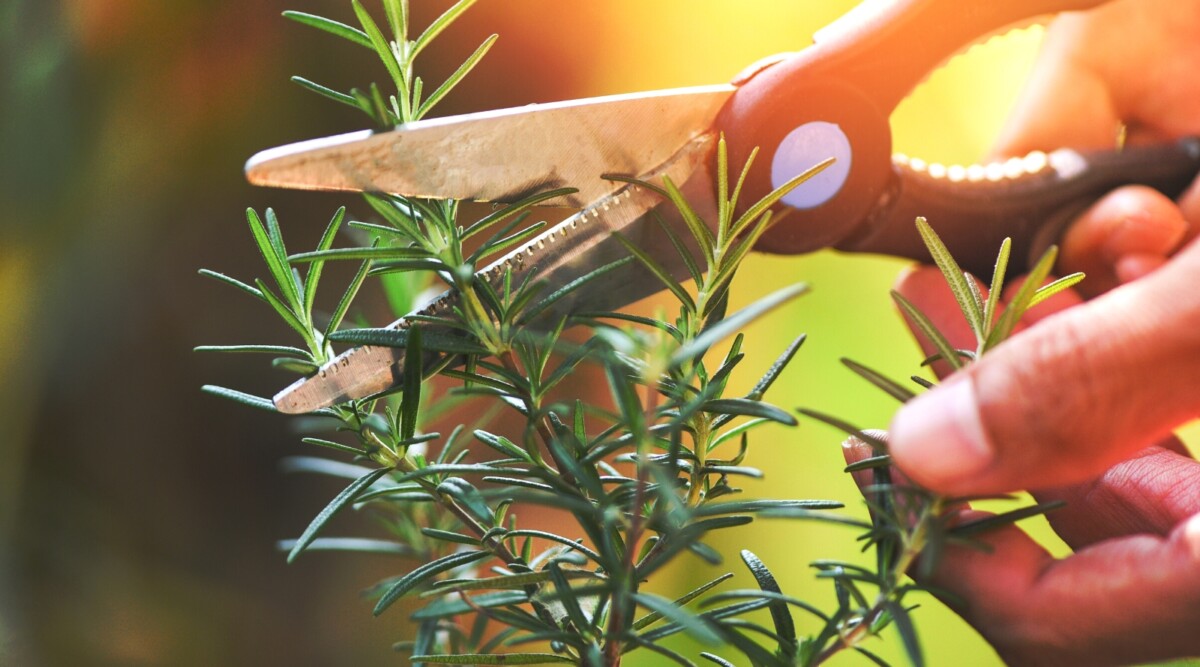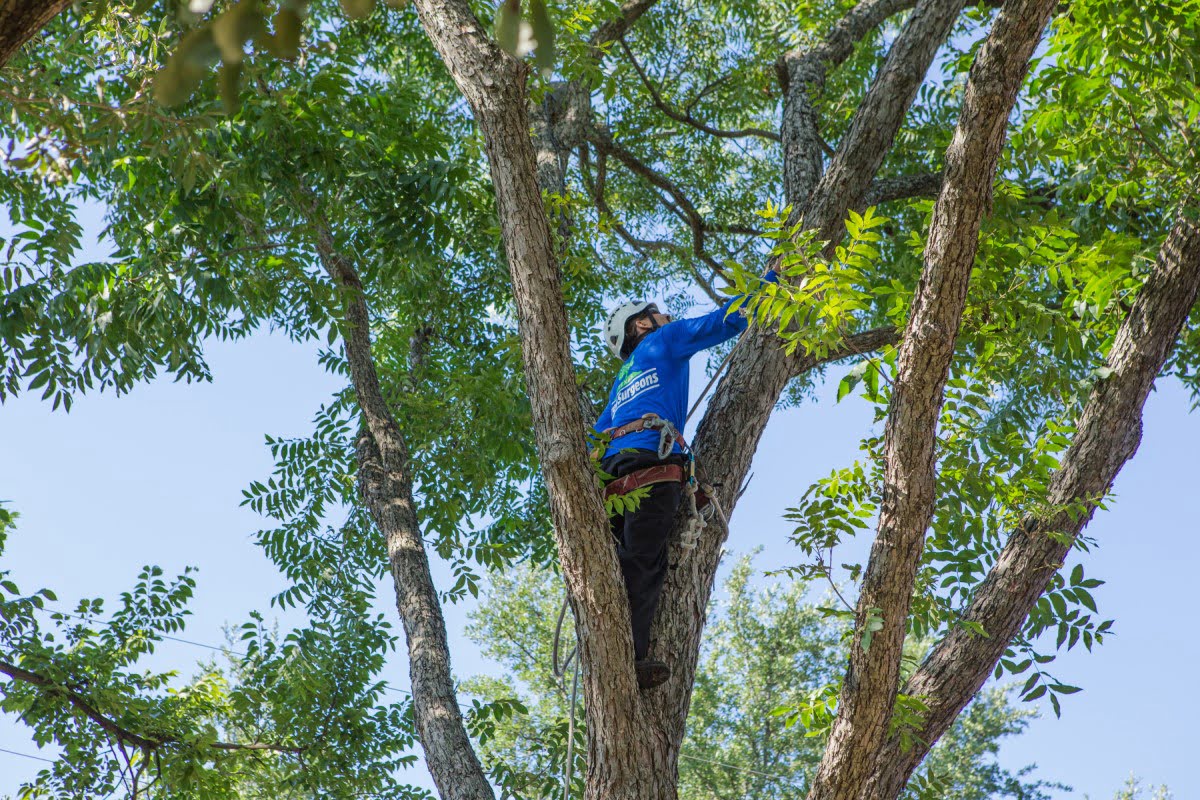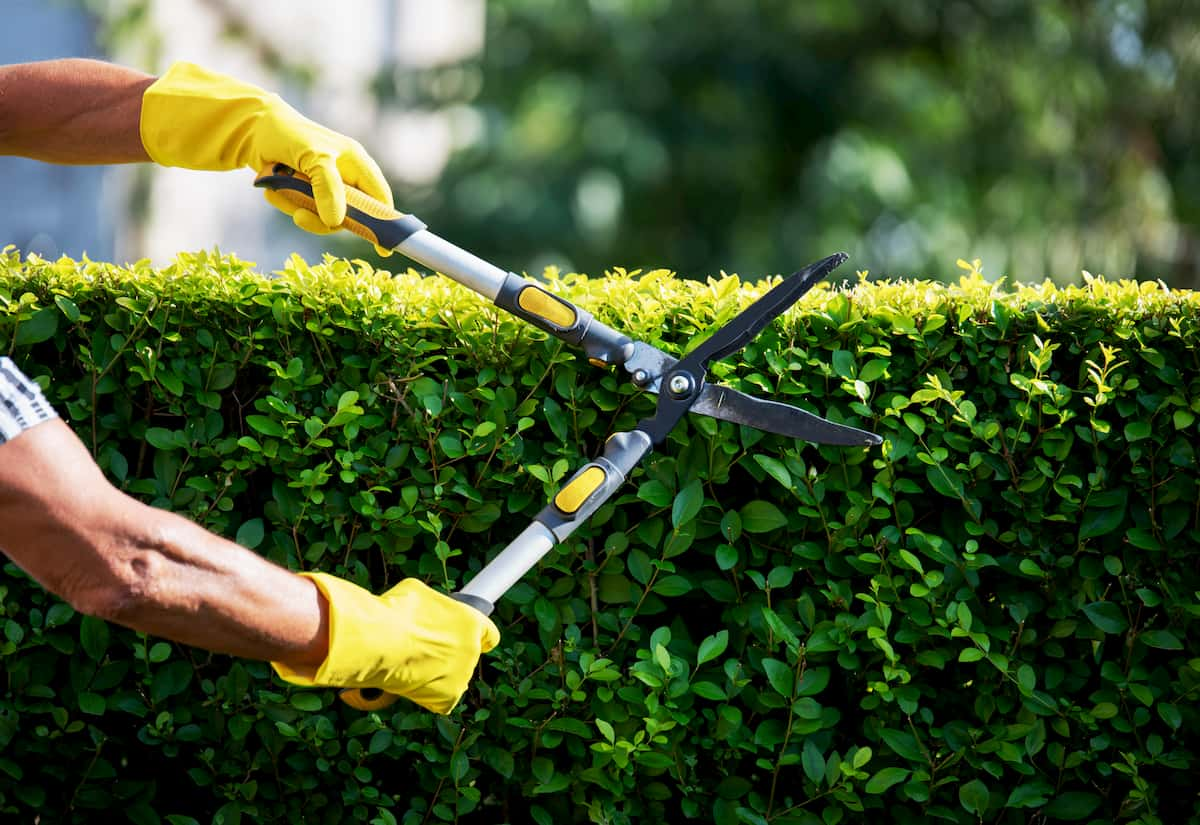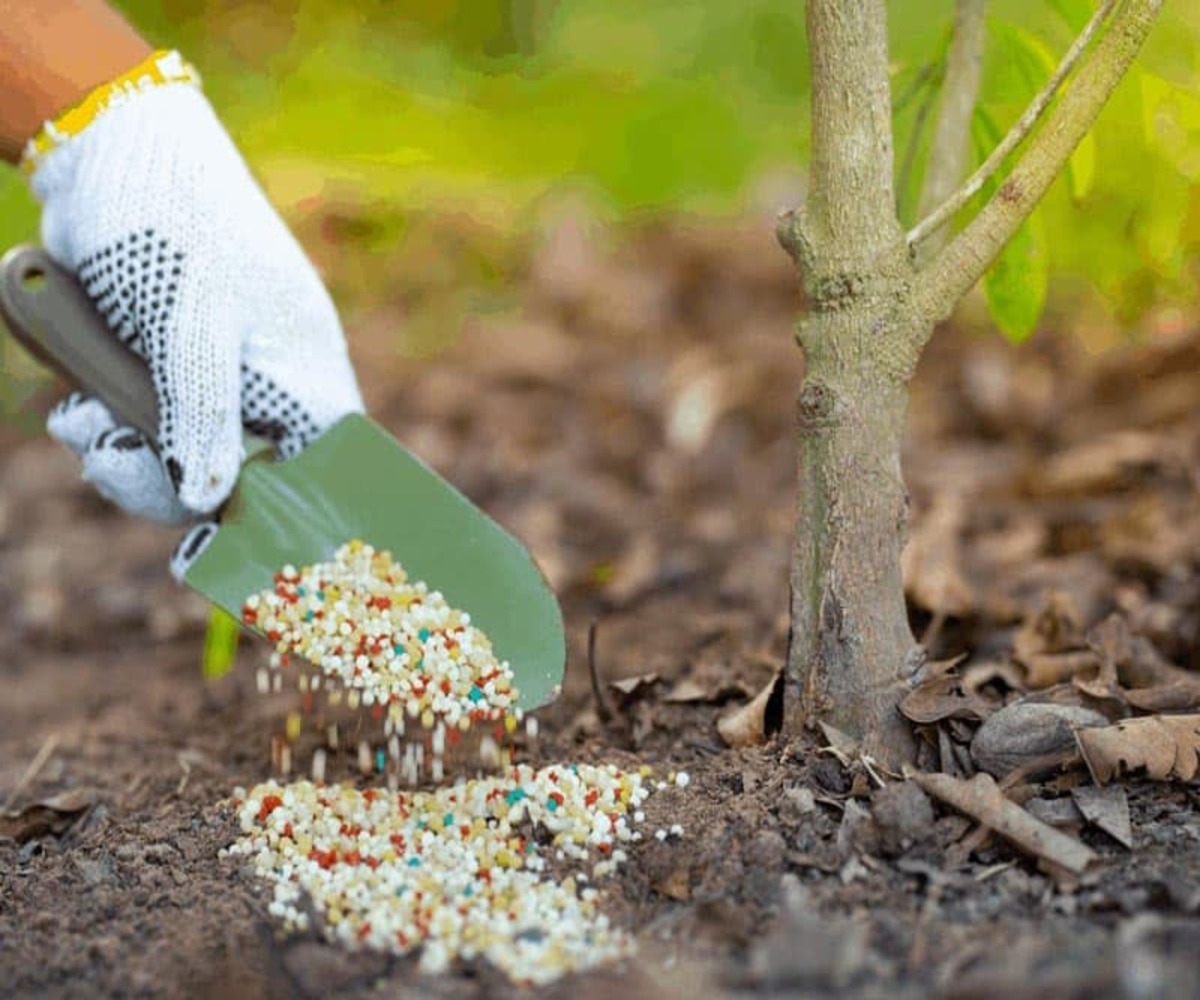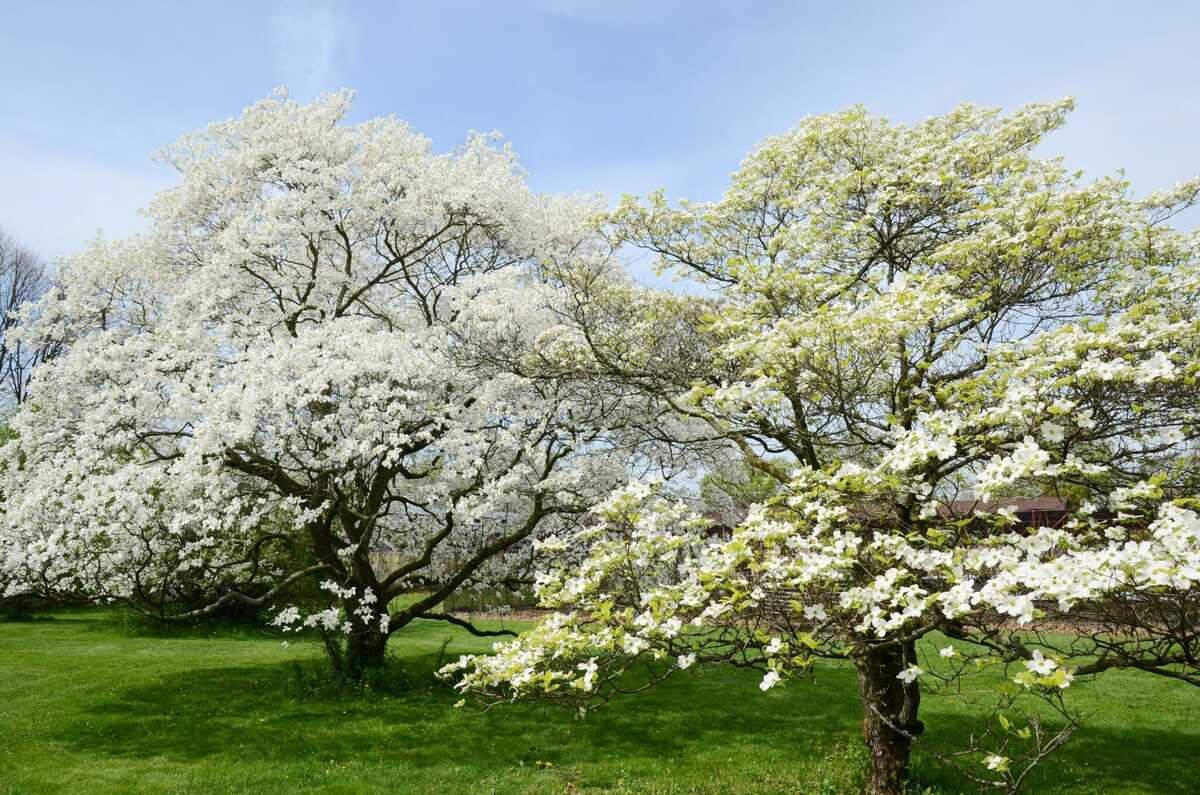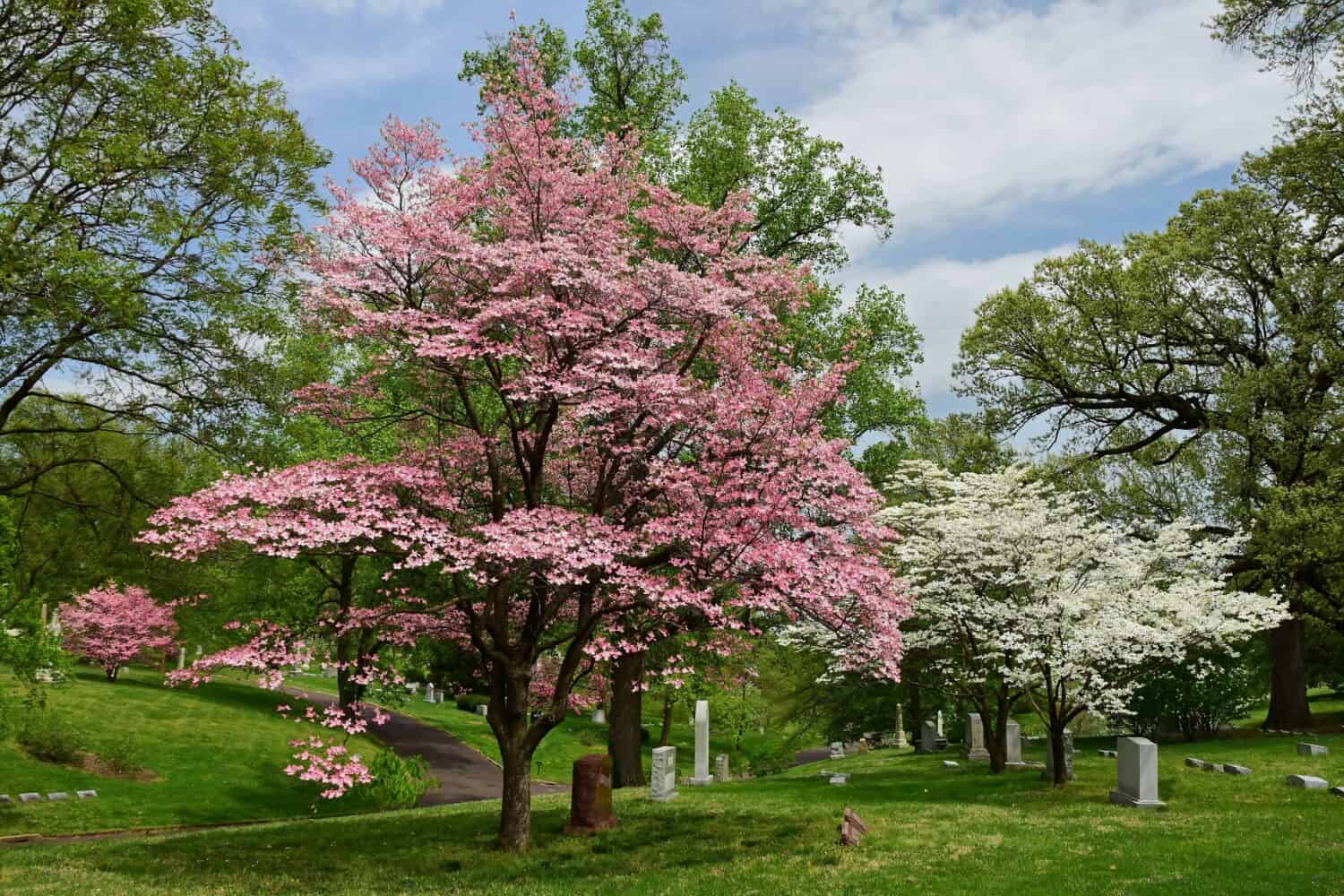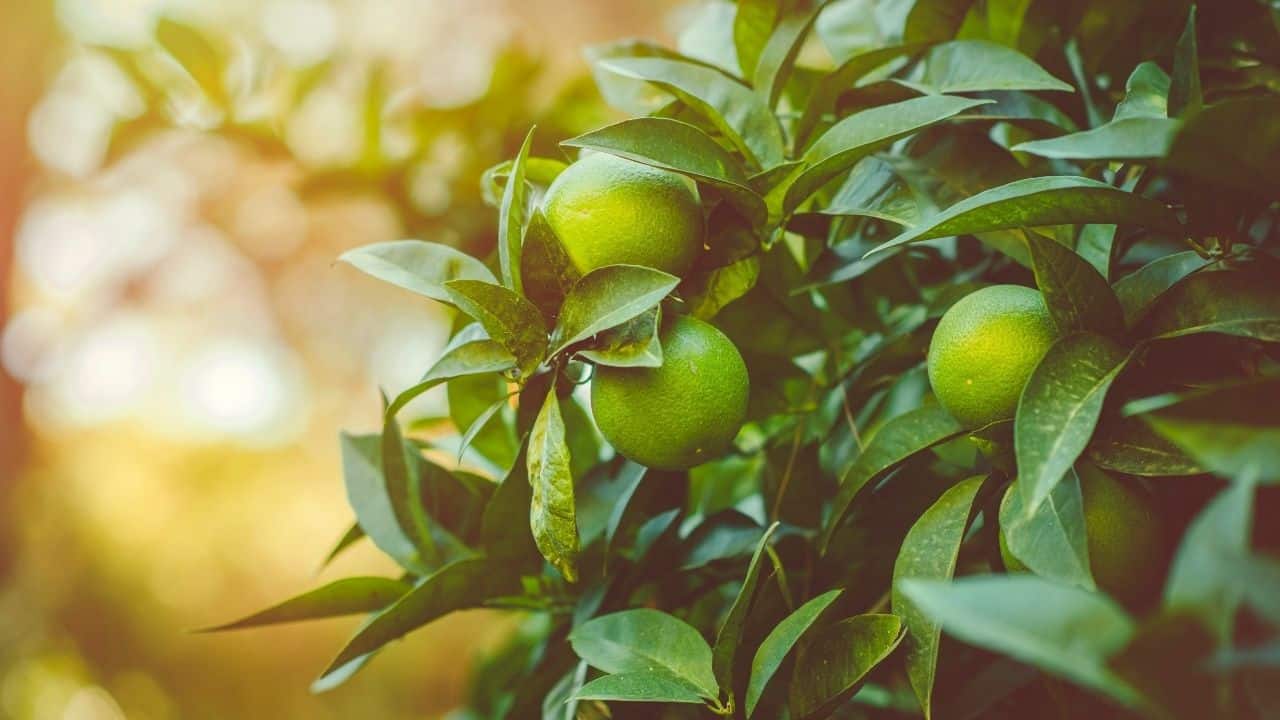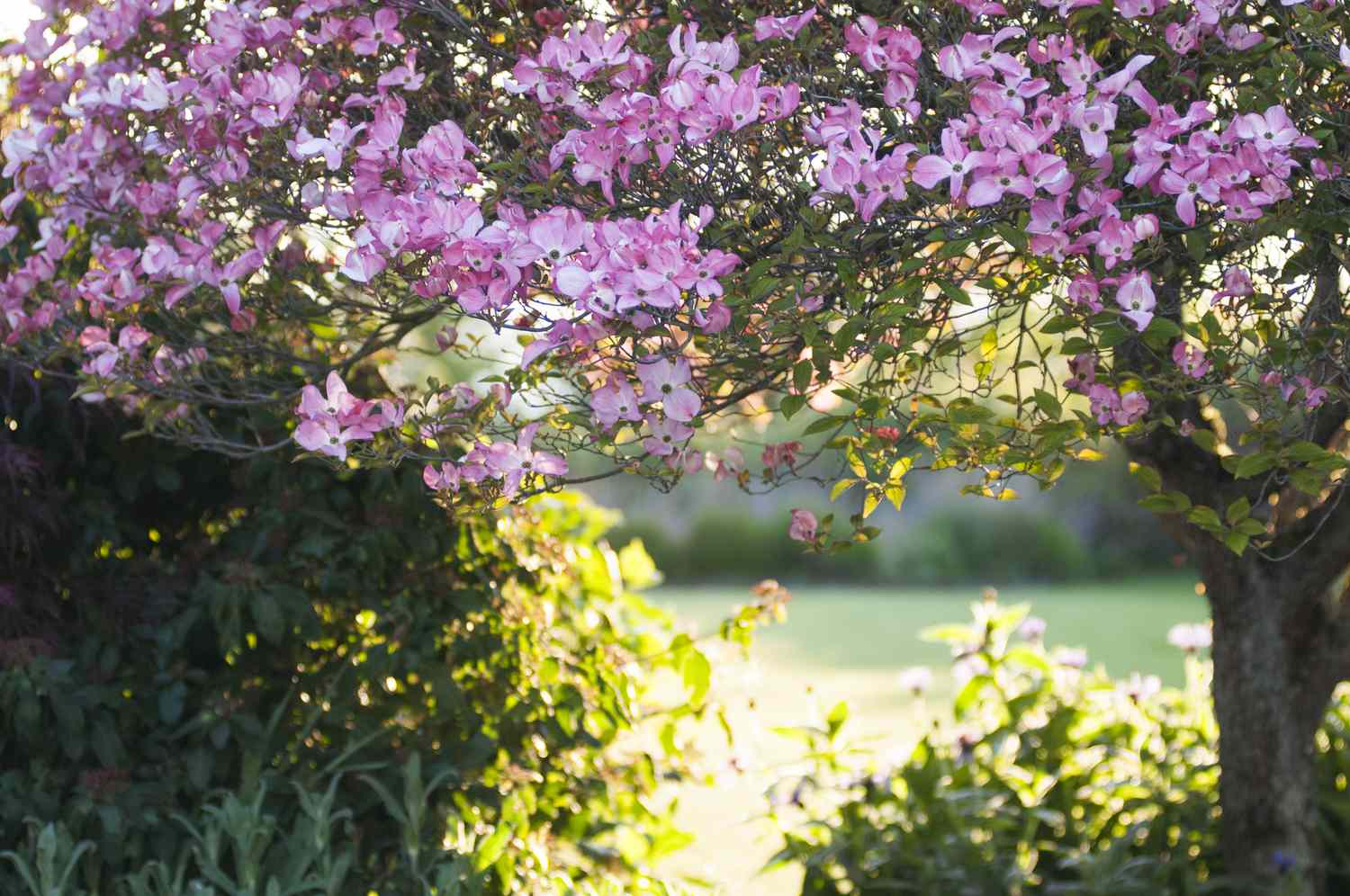Home>Gardening Tips and Tricks>Problem Solving>How To Trim Dogwood Shrubs
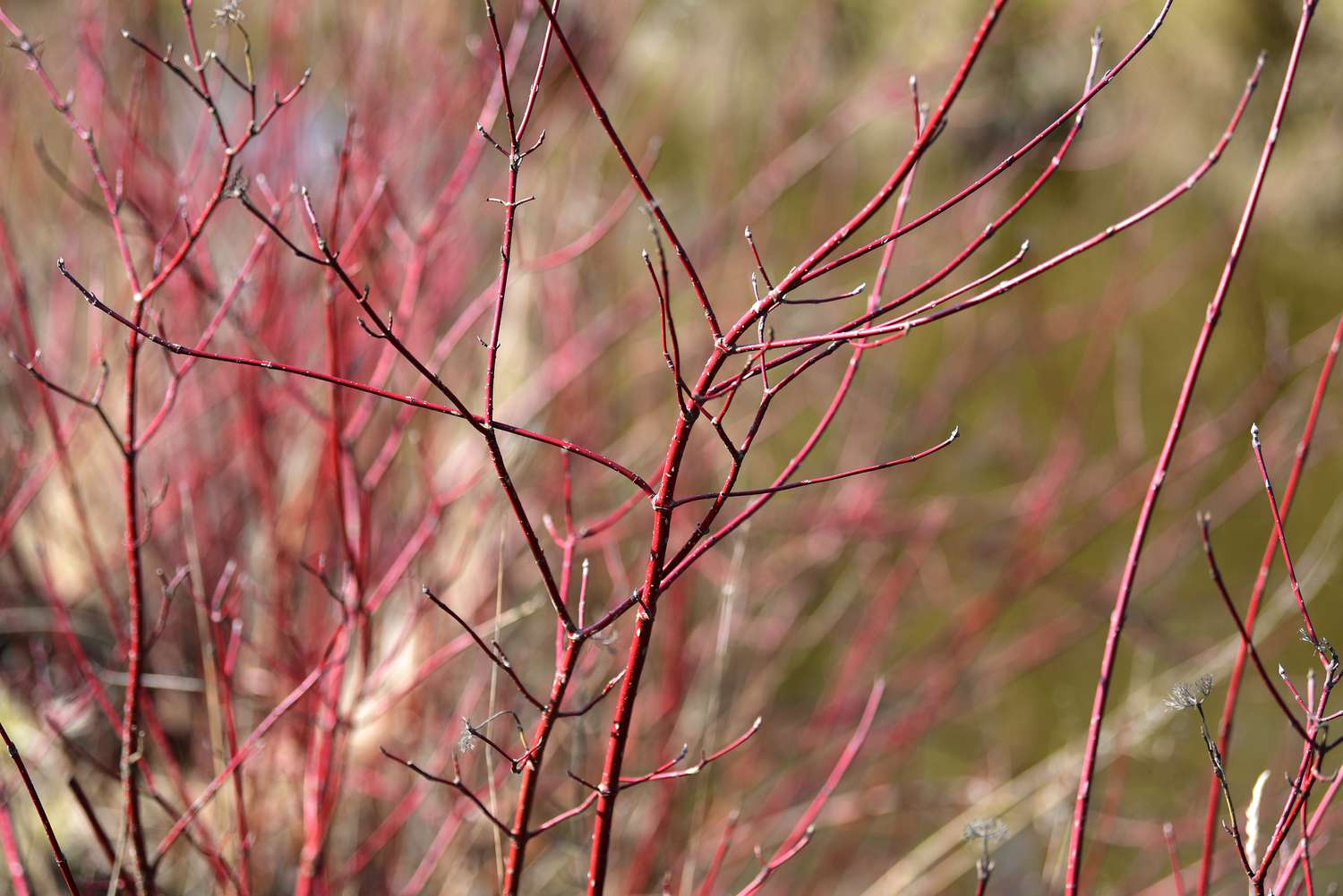

Problem Solving
How To Trim Dogwood Shrubs
Modified: January 22, 2024
Learn the best methods for problem solving when it comes to trimming dogwood shrubs. Find expert tips and tricks for maintaining a beautiful and healthy garden.
(Many of the links in this article redirect to a specific reviewed product. Your purchase of these products through affiliate links helps to generate commission for Chicagolandgardening.com, at no extra cost. Learn more)
Table of Contents
Introduction
Dogwood shrubs are a beautiful addition to any garden, offering vibrant flowers and ornamental foliage throughout the year. However, like any plant, dogwood shrubs require regular maintenance to stay healthy and promote optimal growth. One of the essential tasks in caring for these shrubs is trimming or pruning.
Properly trimming dogwood shrubs not only ensures their aesthetic appeal but also encourages new growth, improves air circulation, and promotes overall plant health. Trimming dogwood shrubs can be a simple and rewarding task if done correctly. In this article, we’ll guide you through the process of trimming dogwood shrubs, providing you with expert tips and techniques to help you achieve the best results.
Whether you’re a seasoned gardener or a beginner, this comprehensive guide will equip you with the knowledge and skills needed to trim your dogwood shrubs effectively. We’ll cover everything from when to trim dogwood shrubs to the tools and techniques required for the job. By following these steps and avoiding common mistakes, you can ensure the long-term health and beauty of your dogwood shrubs.
Understanding Dogwood Shrubs
Dogwood shrubs belong to the Cornus genus and are known for their stunning ornamental flowers and vibrant foliage. There are several species of dogwood shrubs, including Cornus kousa, Cornus florida, and Cornus sericea, each with its own unique characteristics.
These shrubs typically have a dense, rounded growth habit and can vary in size depending on the species and cultivar. Some dogwood shrubs reach heights of up to 12 feet, while others remain more compact at around 4 to 6 feet.
One of the standout features of dogwood shrubs is their colorful flowers. Depending on the species, these flowers can be white, pink, or even a mix of both. They often bloom in late spring or early summer, creating a stunning display in the garden. Additionally, many dogwood shrubs produce attractive fruits that can be red, blue, or even black, adding visual interest in the autumn months.
The foliage of dogwood shrubs is equally impressive. The leaves are typically deciduous, meaning they shed in the fall. However, some varieties, such as the Cornus alternifolia, have a unique growth pattern where the leaves are arranged alternately along the stem, creating a distinctive look.
Understanding the growth habits and characteristics of dogwood shrubs is essential when it comes to trimming. Different species and varieties may have specific requirements in terms of pruning techniques and timing. By familiarizing yourself with the specific dogwood shrubs you have in your garden, you can ensure that you trim them properly, avoiding any potential damage or growth inhibition.
When to Trim Dogwood Shrubs
Timing is crucial when it comes to trimming dogwood shrubs. Trimming at the right time ensures that you do not disrupt the plant’s natural growth cycle and allows it to recover quickly. The optimal time for trimming dogwood shrubs depends on the specific species and the purpose of the pruning.
One important factor to consider is whether your dogwood shrub blooms on old wood or new growth. Dogwood shrubs that bloom on old wood, such as the Cornus florida, should generally be pruned immediately after flowering. This allows the shrub to set buds on the new growth, ensuring a beautiful display of flowers the following year.
On the other hand, dogwood shrubs that bloom on new growth, like the Cornus kousa, are best pruned during late winter or early spring while they are dormant. This timing ensures that you do not remove any potential flower buds and allows the shrub to direct its energy towards producing new growth and blooms.
Aside from the flowering period, you may also consider trimming dogwood shrubs to manage their size and shape. If your shrub has become overgrown or has straggly branches, the best time for trimming is during late winter or early spring before new growth begins. This allows for rejuvenation pruning, where you can remove older or damaged branches to encourage new, healthy growth.
It’s important to avoid trimming dogwood shrubs during periods of active growth, such as in the summer. Pruning at this time can cause stress to the plant and make it more susceptible to disease and insect infestations. Additionally, trimming dogwood shrubs during the fall may disrupt their natural dormancy and impact their ability to survive the winter months.
By understanding the specific blooming patterns and growth habits of your dogwood shrub, you can determine the best time to trim and promote its overall health and beauty.
Tools and Materials Needed
Having the right tools and materials is essential for successfully trimming dogwood shrubs. Here is a list of items you’ll need to gather before getting started:
- Pruning shears or secateurs: These are essential for cutting small branches and stems. Look for a pair with a sharp blade and comfortable grip to make the job easier.
- Loppers: For thicker branches, loppers are necessary. These long-handled pruning tools have a scissor-like action that allows you to cut through branches up to 1.5 inches in diameter.
- Pruning saw: A pruning saw may be needed for larger branches that cannot be easily removed with shears or loppers. Look for a saw with a curved blade and sharp teeth for efficient cutting.
- Gloves: Protect your hands with a sturdy pair of gardening gloves. They will provide extra grip and keep your hands safe from thorns and other potential hazards.
- Safety goggles: While pruning, it’s important to protect your eyes from any flying debris or branches. Wear safety goggles to prevent potential eye injuries.
- Disinfectant: To prevent the spread of diseases, it’s crucial to disinfect your pruning tools between cuts. Prepare a solution of one-part bleach to nine parts water and use it to wipe down your tools.
- Ladder or step stool: Depending on the height of your dogwood shrub, you may need a ladder or step stool to reach higher branches. Make sure it is stable and secure before climbing.
- Marker or ribbon: If you’re planning to shape your dogwood shrub, it can be helpful to mark the branches you want to remove using a marker or ribbon. This ensures clarity and prevents accidental pruning of healthy branches.
Having these tools and materials readily available will make the trimming process much smoother and more efficient. Ensure that you have everything on hand before you begin, as it can be frustrating to pause your trimming progress to search for missing tools.
Step-by-Step Guide to Trimming Dogwood Shrubs
Trimming dogwood shrubs requires a systematic approach to ensure that you achieve the desired results without causing harm to the plant. Follow these step-by-step instructions to effectively trim your dogwood shrubs:
- Inspect the shrub: Begin by thoroughly examining the dogwood shrub to identify any diseased, damaged, or crossing branches that need to be removed. Look for any signs of pests or infections as well.
- Plan your cuts: Determine the areas of the shrub that you want to trim or reshape. Use a marker or ribbon to mark these branches, ensuring accuracy during the trimming process.
- Start with the 3 D’s: Begin by removing any branches that are dead, damaged, or diseased. Cut them off at the base using pruning shears or loppers. This will help improve the overall health of the shrub.
- Remove crossing branches: Look for any branches that are crossing or rubbing against each other. These can lead to damage and hinder the shrub’s growth. Select one of the crossing branches and remove it completely.
- Thin out crowded areas: If your dogwood shrub has dense growth, you may need to thin out some areas. Identify branches that are growing too close together and remove a few of them to improve air circulation and promote healthier growth.
- Maintain a natural shape: While trimming, aim to maintain the natural shape of the shrub. Avoid cutting into the main framework of the plant and try to follow the natural lines and contours of the branches.
- Step back and assess: Periodically step back and assess your progress as you trim. This will allow you to check the overall shape of the shrub and ensure that you’re achieving the desired result.
- Disinfect your tools: After making each cut, remember to disinfect your tools using a bleach solution. This helps prevent the spread of diseases between branches.
- Clean up: Once you’ve finished trimming, clean up all the debris around the shrub. Dispose of any diseased or infested material properly to prevent further issues.
Following these steps will enable you to trim your dogwood shrubs effectively and maintain their health and aesthetic appeal. Remember to proceed with caution and take your time to achieve the best results.
Pruning Tips and Techniques
When it comes to pruning dogwood shrubs, there are a few key tips and techniques to keep in mind. Following these guidelines will help you achieve optimal results and promote the overall health and beauty of your shrubs:
- Prune selectively: Avoid over-pruning or removing more than one-third of the shrub’s branches at a time. Pruning selectively allows the shrub to maintain its natural form and promotes better regrowth.
- Make clean cuts: Use sharp, clean pruning tools to make smooth cuts. Avoid tearing or ripping the branches, as this can lead to damage and disease. Cut just above a bud or lateral branch to promote new growth.
- Consider the shrub’s age: Younger dogwood shrubs may require less pruning compared to older, more established shrubs. Focus on removing dead or crossing branches and shaping the shrub gradually over time.
- Promote airflow: Thinning out crowded areas and removing crossing branches not only improves the appearance of the shrub but also encourages better airflow and reduces the risk of disease and pests.
- Monitor for pests and diseases: While pruning, keep an eye out for any signs of pests or diseases. Remove any affected branches promptly and take appropriate measures to prevent further infestations or infections.
- Trim after flowering: If your dogwood shrub blooms on old wood, it’s best to trim it immediately after flowering. This allows the shrub to set new buds for the following year’s blooms.
- Step back and assess: Regularly step back and assess your progress while pruning. This helps ensure you maintain a balanced shape and achieve the desired results.
- Learn from experience: As you gain experience in pruning dogwood shrubs, you’ll develop a better understanding of your specific shrub’s growth habits and pruning needs. Learn from each pruning session to refine your techniques in future trimmings.
By following these tips and techniques, you can effectively prune your dogwood shrubs and promote their long-term health and vitality. Remember, practice makes perfect, so don’t be discouraged if you make a few mistakes along the way. With time and experience, you’ll become more confident in your pruning abilities.
Common Mistakes to Avoid
When trimming dogwood shrubs, it’s important to be aware of common mistakes that can hinder their growth and overall health. By avoiding these pitfalls, you can ensure that your pruning efforts yield the best results. Here are some common mistakes to watch out for:
- Over-pruning: One of the most common mistakes is pruning too much at once. Over-pruning can stress the shrub, disrupt its growth cycle, and even lead to irreversible damage. Remember to prune selectively and avoid removing more than one-third of the shrub’s branches at a time.
- Timing: Trimming dogwood shrubs at the wrong time can have negative effects. Be sure to understand the blooming patterns of your specific shrub and trim accordingly. Pruning at the wrong time can result in the loss of next year’s blooms or damage to new growth.
- Improper cuts: Making improper cuts, such as tearing or ripping the branches, can harm the shrub and create entry points for diseases. Always use sharp, clean pruning tools and make clean cuts just above a bud or lateral branch.
- Overlooking tool maintenance: Neglecting to clean and disinfect your pruning tools between cuts can spread diseases from one branch to another. Disinfect your tools with a bleach solution to prevent contamination.
- Shaping too aggressively: While it’s tempting to shape your dogwood shrubs into precise forms, avoid the temptation to excel the natural growth pattern of the shrub. Aggressive shaping can stress it and hinder its ability to grow healthily. Work with the natural shape of the shrub and make gradual adjustments over time.
- Not considering the shrub’s age: Younger dogwood shrubs require less pruning compared to their more established counterparts. Be mindful of the difference and adjust your pruning accordingly. Focus on removing dead or crossing branches and shaping the shrub slowly over time.
- Ignoring signs of pests and diseases: During the pruning process, keep an eye out for any signs of pests or diseases. Ignoring these signs can lead to further infestations and damage. Upon detection, remove affected branches promptly and take appropriate measures to prevent future issues.
By being mindful of these common mistakes and taking the necessary precautions, you can ensure that your dogwood shrubs receive the care they need and thrive in your garden. Remember that pruning is an ongoing process, and learning from your mistakes will make you a more skilled and knowledgeable gardener.
Conclusion
Trimming dogwood shrubs is an essential aspect of their care and maintenance. With proper pruning techniques, you can enhance the health, appearance, and longevity of your dogwood shrubs. By understanding the specific needs of your shrubs, such as when to trim and which branches to remove, you can ensure optimal results.
Remember to approach pruning dogwood shrubs with care and precision. Avoid common mistakes such as over-pruning, improper cuts, and neglecting tool maintenance. By following the step-by-step guide and implementing the pruning tips and techniques mentioned in this article, you will be well-equipped to tackle your dogwood shrub trimming tasks.
Take the time to assess your dogwood shrubs’ growth patterns and consider their age and blooming habits when planning your pruning sessions. By doing so, you can promote healthy growth, encourage vibrant blooms, and maintain the natural shape of your shrubs.
With each trimming session, you’ll gain experience and become more attuned to the needs of your dogwood shrubs. As a result, you’ll develop your pruning skills and achieve better outcomes in the long run.
So, whether you’re a seasoned gardener or a beginner, use this comprehensive guide as a resource to confidently trim your dogwood shrubs. With the right tools, techniques, and an understanding of your shrubs’ characteristics, you can create a beautiful and healthy garden that showcases the natural splendor of dogwood shrubs.
